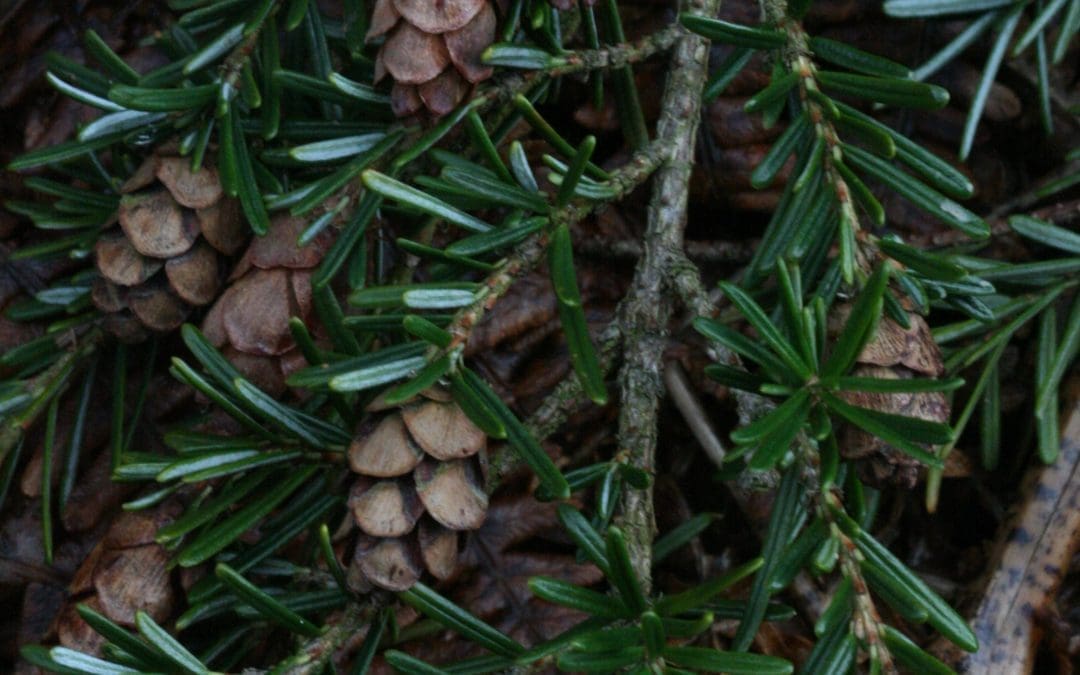
by Shadow Habitat | Jun 27, 2022 | Native plants
Western Hemlock – Tsuga heterophyllaIn 1947, RCW 1.20.020 of the Washington state legislature declared, “that certain evergreen tree known and described as the Western hemlock (Tsuga heterophylla) is hereby designated as the official tree of the state of...
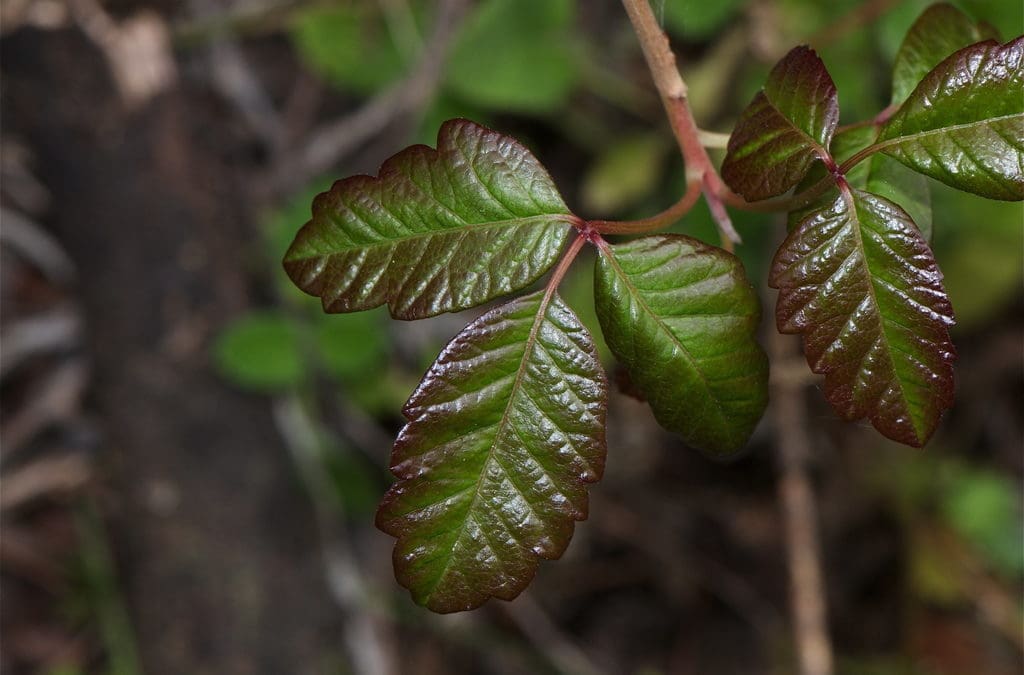
by Shadow Habitat | May 23, 2022 | Native plants
Pacific Poison Oak – Toxicodendron diversiloba Pacific poison oak, also called Western poison oak, is a native plant that you hope to never come into contact with. Pacific poison oak, like the Atlantic poison oak, contains urushiol, which is...
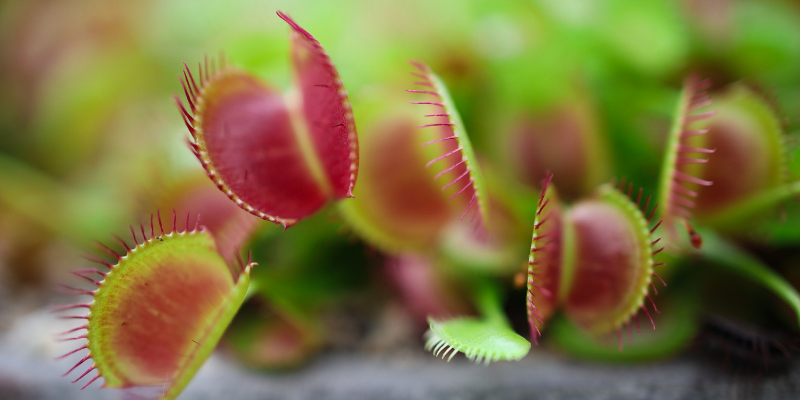
by Shadow Habitat | Feb 28, 2022 | Feature Articles, Native plants, Uncategorized
All living things need water to survive. Did you know that all living things also need nitrogen to survive? Nitrogen is an essential nutrient and a key component of amino acids, which are the building blocks of proteins and nucleic acids (DNA and RNA). Without...
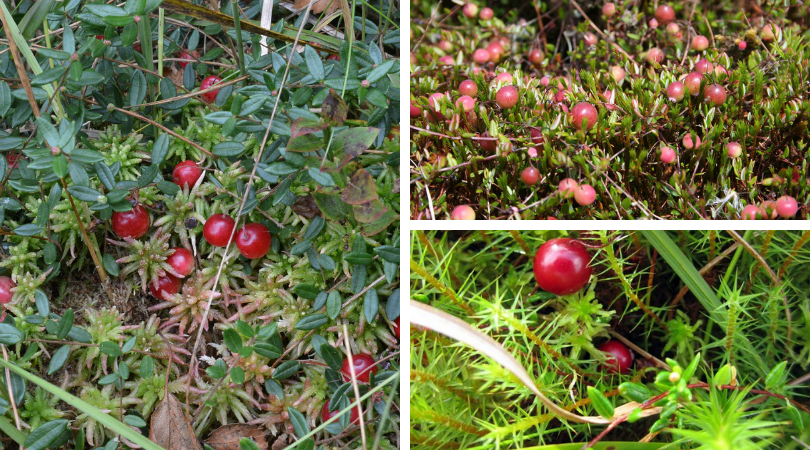
by Shadow Habitat | Dec 17, 2021 | Native plants
Wild cranberry (Vaccinium oxycoccos) is a low creeping perennial shrub with small evergreen leaves. The flower buds start out as deep pink, but as the buds open, the flowers become lighter in color. The flowers and berries grow in clusters at the ends of the branches...
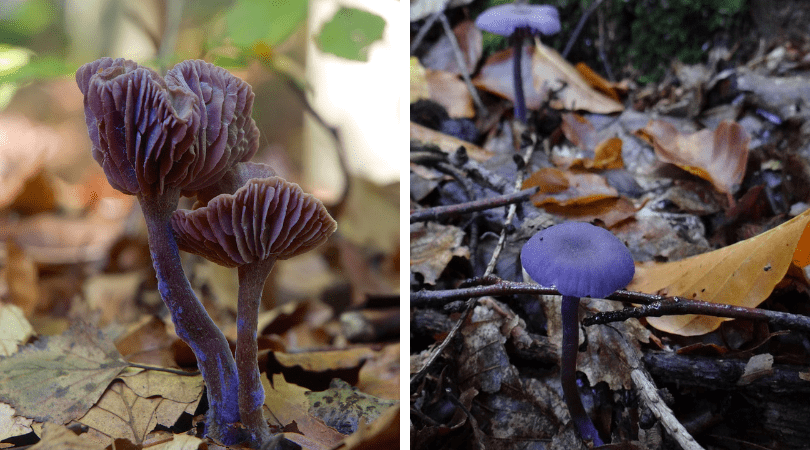
by Shadow Habitat | Nov 17, 2021 | Native animals, Native plants
Mushrooms never cease to amaze us. Laccaria amethystin, or amethyst deceiver, is no exception. They can be found in broadleaved and coniferous woodlands among the leaf litter in the Pacific Northwest between late summer and autumn. The caps of this striking purple...
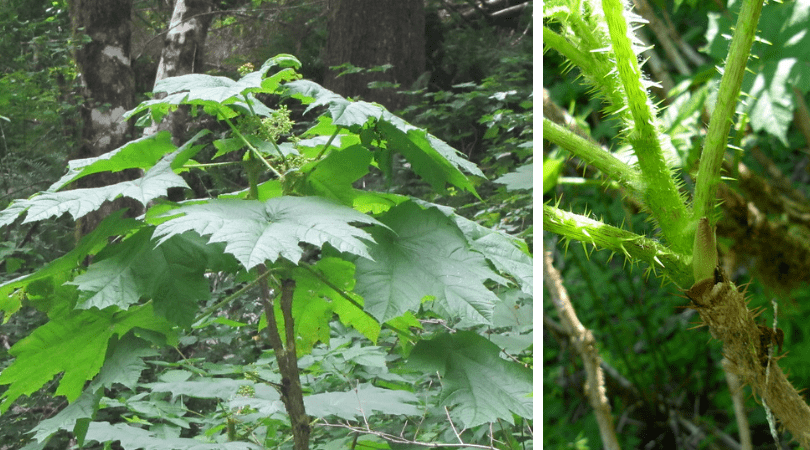
by Shadow Habitat | Oct 28, 2021 | Native plants
It’s not hard to imagine the origin of this plant’s namesake. Devil’s club is known for its aggressive spikes on thick yellowish stems. This Pacific Northwest native generally grows around 5 feet tall (1.5 meters), but in undisturbed areas, can reach...








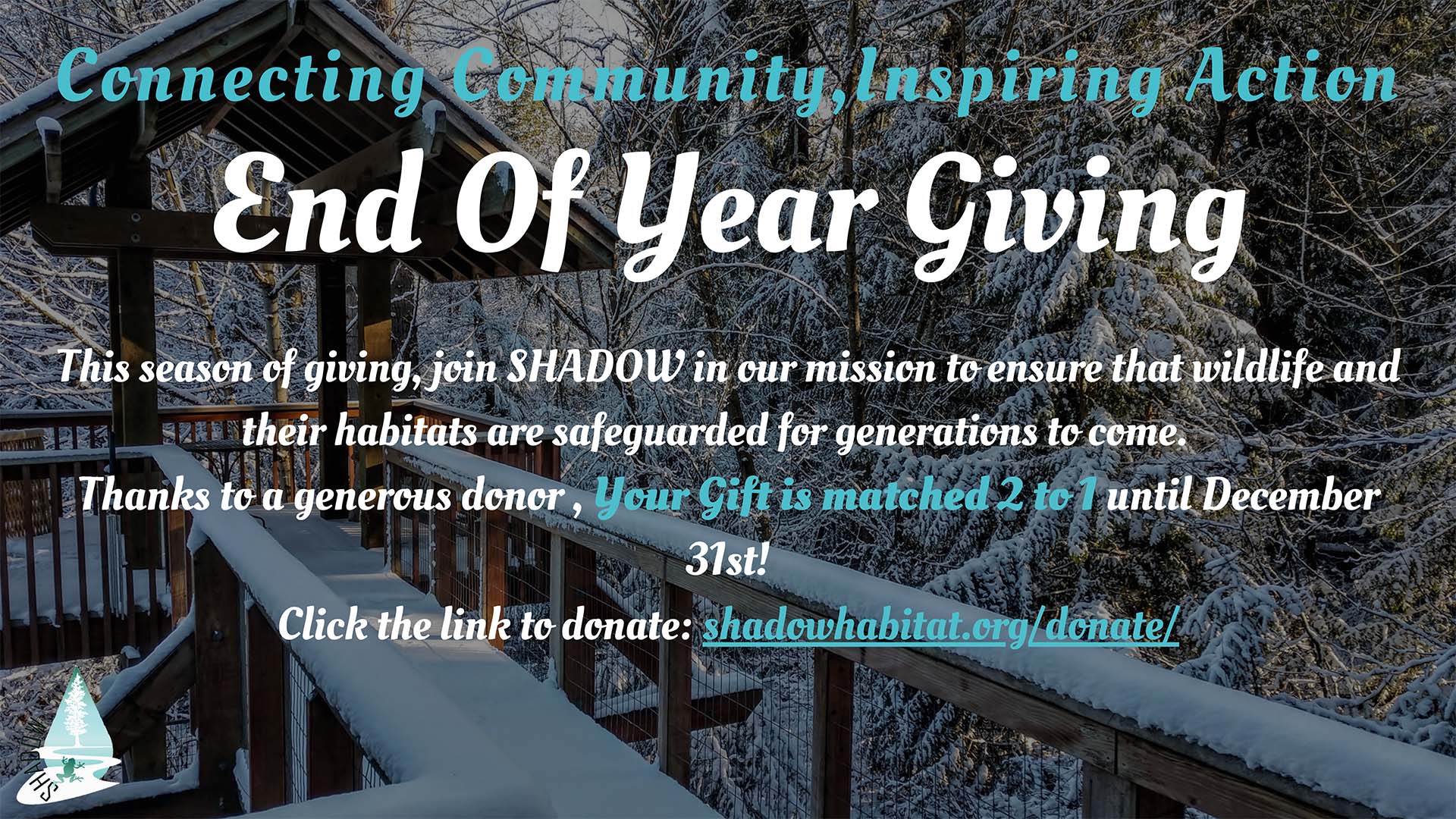
Recent Comments